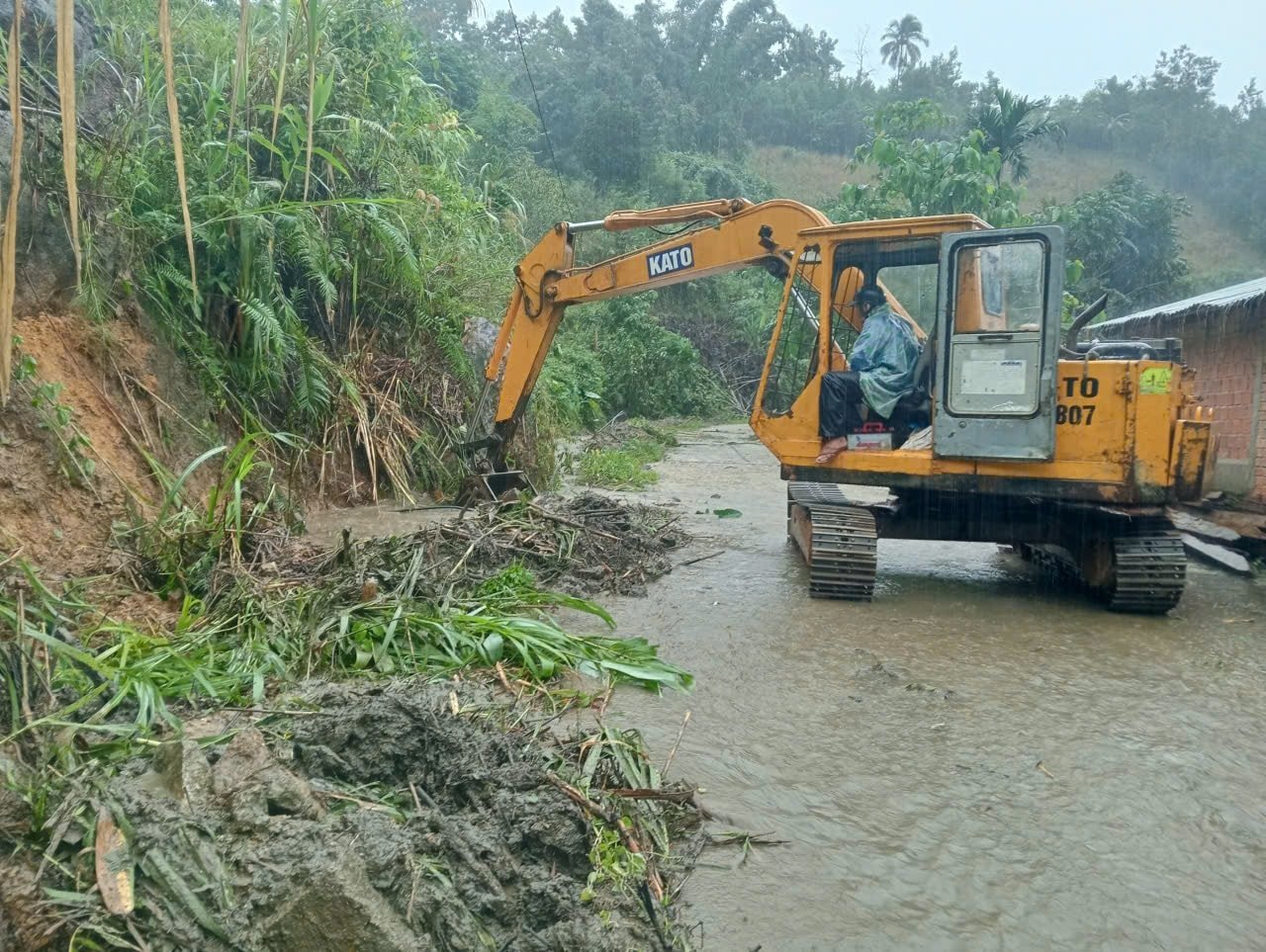
Details of each response plan
Tay Ho Commune (merged from 4 communes Tam Phuoc, Tam Loc, Tam Thanh, Tam An) is an area that is often heavily affected by floods. Mr. Phan Van Ba, Vice Chairman of the Commune People's Committee, said that the commune has approved a natural disaster prevention and control plan for 2025 to assess risks and classify specific response scenarios. The commune has prepared shock forces to participate in responding to natural disasters, especially focusing on "On-site forces" with a number of over 100 people, and is also equipped with 3 aluminum-hulled motorboats, 1 plastic-hulled motorboat, 2 rowing boats. When necessary, additional trucks and other vehicles from businesses will be mobilized.
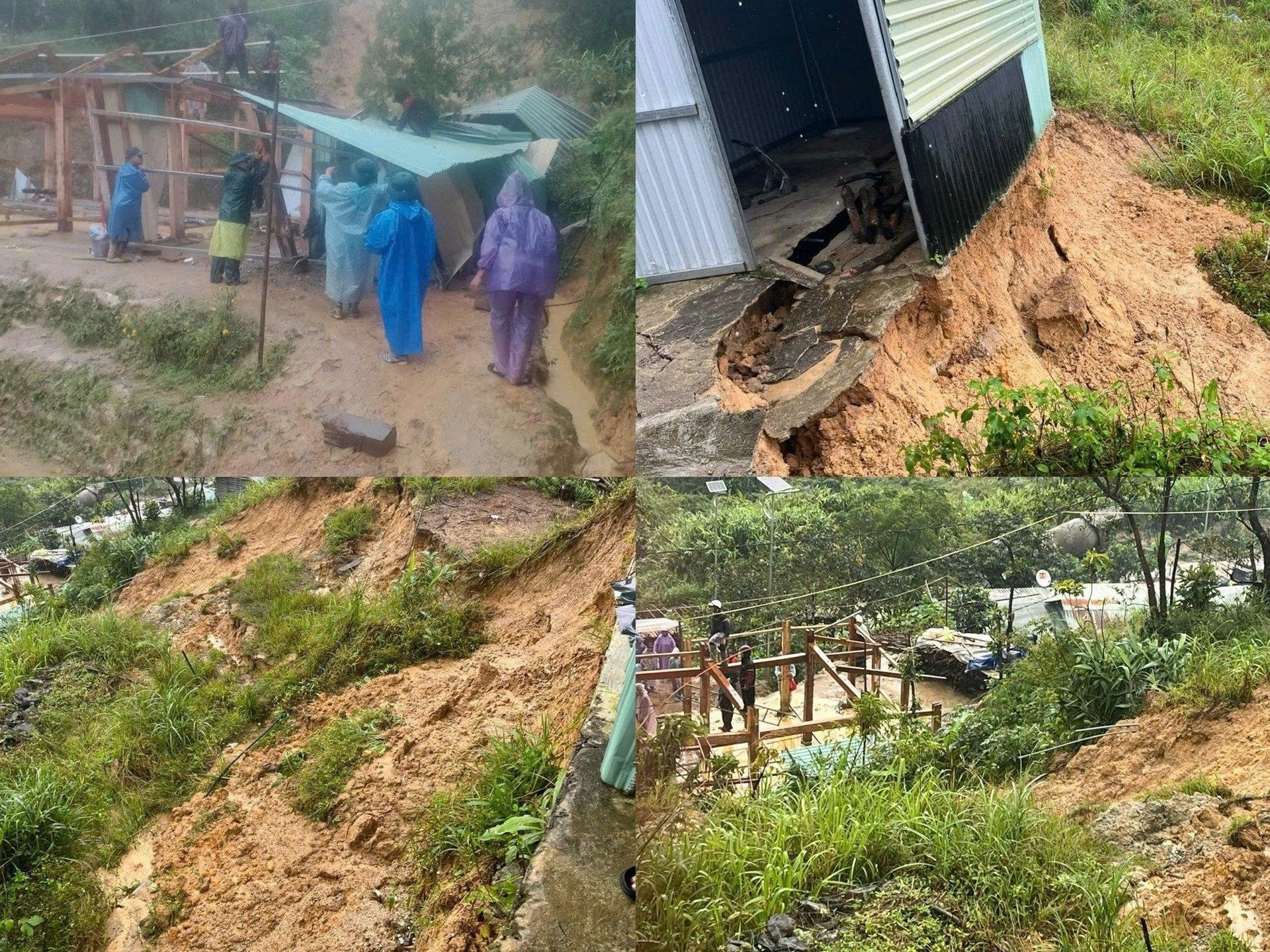
The commune has plans for three types of natural disasters that may occur in the area, including storms, landslides, and floods. Regarding the plan to evacuate people from flooded areas, the commune identified villages that are frequently flooded when there is heavy rain, including: Phu My (23 households, 47 people), Thanh My (18 households, 42 people), An Thien (41 households, 62 people), Phu Van (31 households, 112 people). In particular, An Tho village has up to 332 households/1,210 people that will be directly affected. In case of flooding, the commune will issue specific evacuation orders. Accordingly, when the water is about to flood National Highway 1, teams 1, 4 (An Thien village) and teams 1, 2, 3, 4 (An Tho village) will be evacuated; when the river water rises, teams 12, 13, 14 (Phu Van village) will be evacuated.
Thuong Duc commune (merged from 3 communes Dai Lanh, Dai Hung and Dai Son) is one of the key areas for natural disaster prevention, especially the old Dai Hung area is considered the "flood center" when it rains heavily and hydroelectric dams release floodwaters.
Mr. Nguyen Huu Lan, Vice Chairman of Thuong Duc Commune People's Committee, said that the 2025 natural disaster prevention and control plan has been carefully reviewed in vulnerable areas such as reservoirs, riverbanks, and areas at risk of landslides. Notably, the evacuation plan focuses on areas at risk of landslides, flash floods, and low-lying areas. The commune prioritizes evacuation of vulnerable groups (lonely elderly people, pregnant women, orphans, etc.). Evacuation sites have been clearly defined, including: Party Committee/People's Committee headquarters, Military Command, Police, community centers, pagodas, and flood shelters. Evacuation plans are developed in detail for each level of storm, flood, inundation, and landslide.
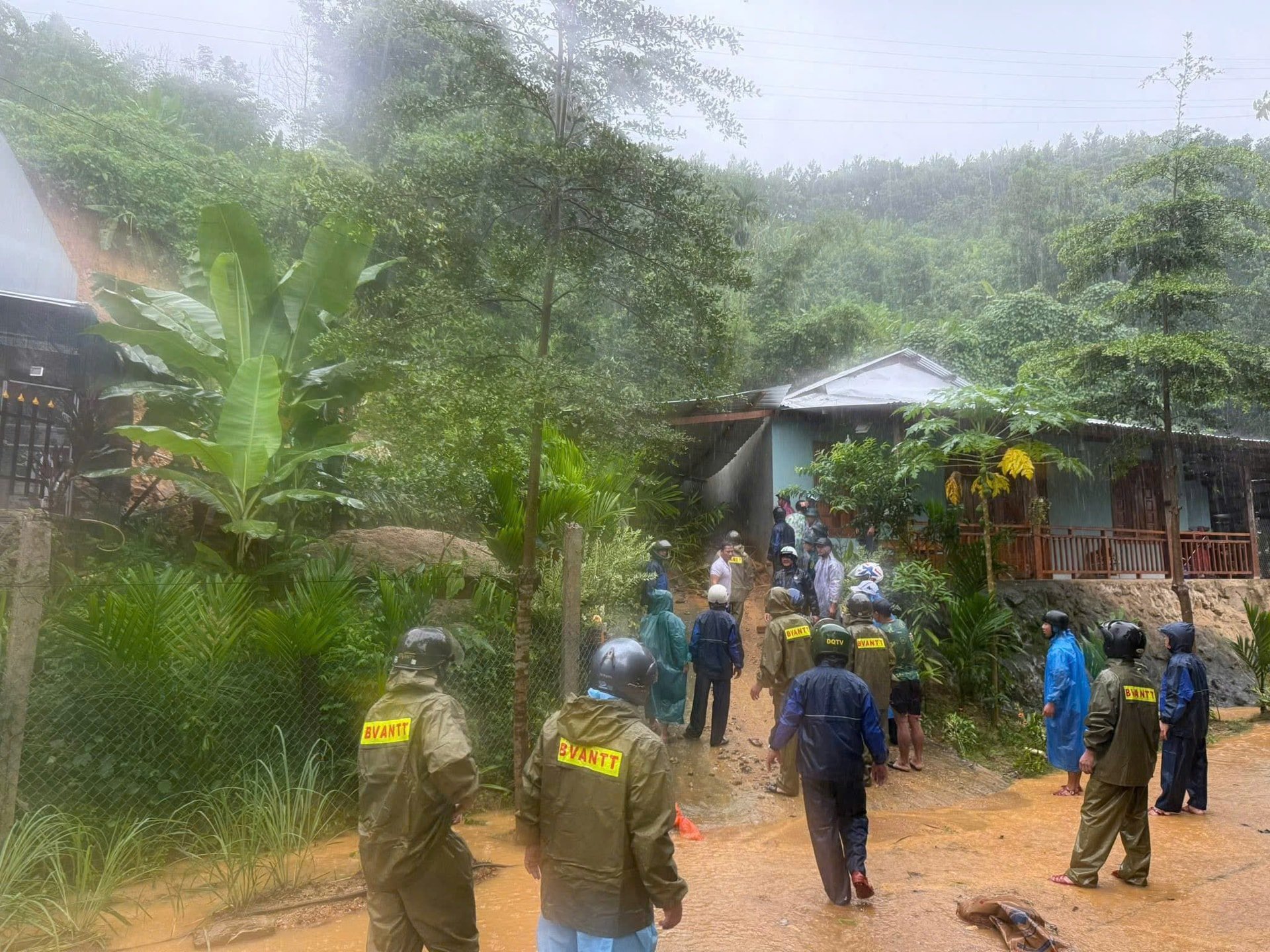
Worry in the mountains
Disaster prevention is one of the two key contents that the Vietnam Fatherland Front Committee of the city organized to monitor in early October. Through monitoring at the local level, the delegation recognized and highly appreciated the proactiveness of the units in developing plans and plans for prevention, response, and overcoming the consequences of natural disasters. In particular, the localities have paid attention to investing resources, preparing forces and means in accordance with the "4 on-site" motto to respond effectively. However, when the rain and floods are at their peak, landslides and flash floods are still a constant concern, especially in mountainous areas because the resources and equipment for natural disaster prevention and control have not met the requirements.
Mr. Nguyen Hong Lai, Party Secretary and Chairman of the People's Council of Tra Tan Commune (established after the merger of Tra Tan and Tra Giac communes), expressed deep concern about the risk of separation and loss of communication when floods occur. Accordingly, Tra Tan Commune still has nearly half of its area without national grid electricity, along with frequent power outages and unstable phone signals, especially during the rainy and stormy season. "In many places, people have to climb trees to get phone signals. All communication is very passive. If a landslide occurs, rescue and direction will be very difficult," Mr. Lai raised the issue. With the infrastructure for responding to natural disasters in the villages still lacking and not meeting the minimum requirements, Mr. Lai proposed that superiors pay attention to support, because these are essential needs for mountainous localities.
According to Mr. Nguyen Phi Hung, Vice Chairman of the Vietnam Fatherland Front Committee of the city, the monitoring team noted that in addition to the achieved results, the work of natural disaster prevention in many localities still has significant limitations. Specifically, the plan for natural disaster prevention and control is not really specific, close to reality, and does not ensure synchronous coordination between agencies and enterprises when natural disasters occur. In particular, temporary relocation and long-term resettlement face many difficulties due to the lack of shelters, storm shelters and resettlement that meets the requirements of a lack of safe land. This stems from the rugged mountainous terrain, with potential risks of landslides, while the cost of building resettlement houses is low.
Regarding resources, equipment and funding for disaster prevention, especially in mountainous communes, are not yet guaranteed. Most of the monitored localities lack facilities, especially basic emergency response equipment such as chainsaws, generators, canoes, motorboats, portable loudspeakers, etc. In addition, forecasting, warning, monitoring, supervision and the resilience of disaster prevention and control works still have many shortcomings.
In addition, the application of science and technology in preventing, responding to and overcoming the consequences of natural disasters is still limited. Information, propaganda, training, awareness raising and community capacity building have not received due attention. In particular, the proactive adaptation of a part of the population is still limited, especially the subjective state of not responding to warnings and recommendations about natural disasters has not been overcome.
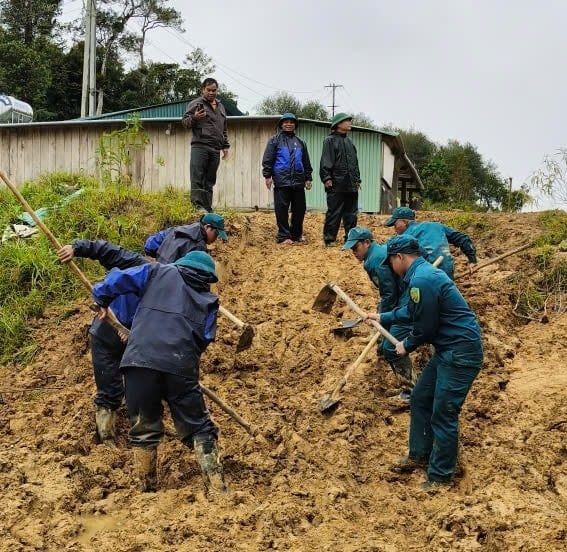
Recommendations
Participating in the monitoring delegation of the Vietnam Fatherland Front Committee of the city, Mr. Truong Xuan Ty, Deputy Director of the Department of Agriculture and Environment, made many key recommendations to localities in disaster prevention and control.
Notably, the rainy and stormy season in Da Nang (especially the old Quang Nam area) is often concentrated in late October and November. Localities have prepared plans, but the important issue is to concretize that plan down to the villages to identify and draw up an implementation plan. That is, from the plan on the map, it is necessary to convert it into a battle plan in the village. On this map, it is necessary to clearly mark the locations at risk of landslides, floods... that will affect how many households so that people can understand. The map must also show in detail the evacuation sites (cultural houses, schools), travel routes, means of transport and support forces. "Localities need to "dissect" the plan and bring it to each village to draw up a plan. This is to proactively raise awareness of the village authorities and people when natural disasters occur," Mr. Ty recommended.
Regarding command and force work, localities need to clearly assign tasks and send forces to villages so that each member can grasp the area from the beginning. When an incident occurs, the assigned person must be present immediately, not wait until then to command and assign tasks. In addition, it is necessary to develop specific coordination regulations with relevant parties such as businesses and road/river maintenance units to use vehicles and equipment to participate in rescue when natural disasters occur. Localities need to pay attention to issuing decisions to mobilize forces to ensure the regime and anticipate bad situations...
Currently, landslides are the biggest concern. Mr. Ty said that the Department of Agriculture and Environment is developing a project to replace Resolution No. 23/NQ-HDND dated July 22, 2021 of the People's Council of Quang Nam province (old) on the mechanism to support the arrangement and stabilization of mountainous residents in the province for the period 2021 - 2025. "The arrangement of mixed residents is not stable in the long term. To minimize damage caused by landslides in mountainous areas, the spirit is to consider concentrated arrangements. Communes need to pay attention to new land use planning to build concentrated resettlement areas, bringing people to stable and sustainable places during natural disasters," said Mr. Ty.
Source: https://baodanang.vn/chu-dong-san-sang-cac-phuong-an-phong-chong-thien-tai-3308488.html


![[Photo] Prime Minister Pham Minh Chinh chaired a meeting to discuss solutions to overcome the consequences of floods in the central provinces.](https://vphoto.vietnam.vn/thumb/1200x675/vietnam/resource/IMAGE/2025/10/29/1761716305524_dsc-7735-jpg.webp)
![[Photo] Hue: Inside the kitchen that donates thousands of meals a day to people in flooded areas](https://vphoto.vietnam.vn/thumb/1200x675/vietnam/resource/IMAGE/2025/10/29/1761738508516_bepcomhue-jpg.webp)

![[Photo] Flooding on the right side of the gate, entrance to Hue Citadel](https://vphoto.vietnam.vn/thumb/1200x675/vietnam/resource/IMAGE/2025/10/28/1761660788143_ndo_br_gen-h-z7165069467254-74c71c36d0cb396744b678cec80552f0-2-jpg.webp)
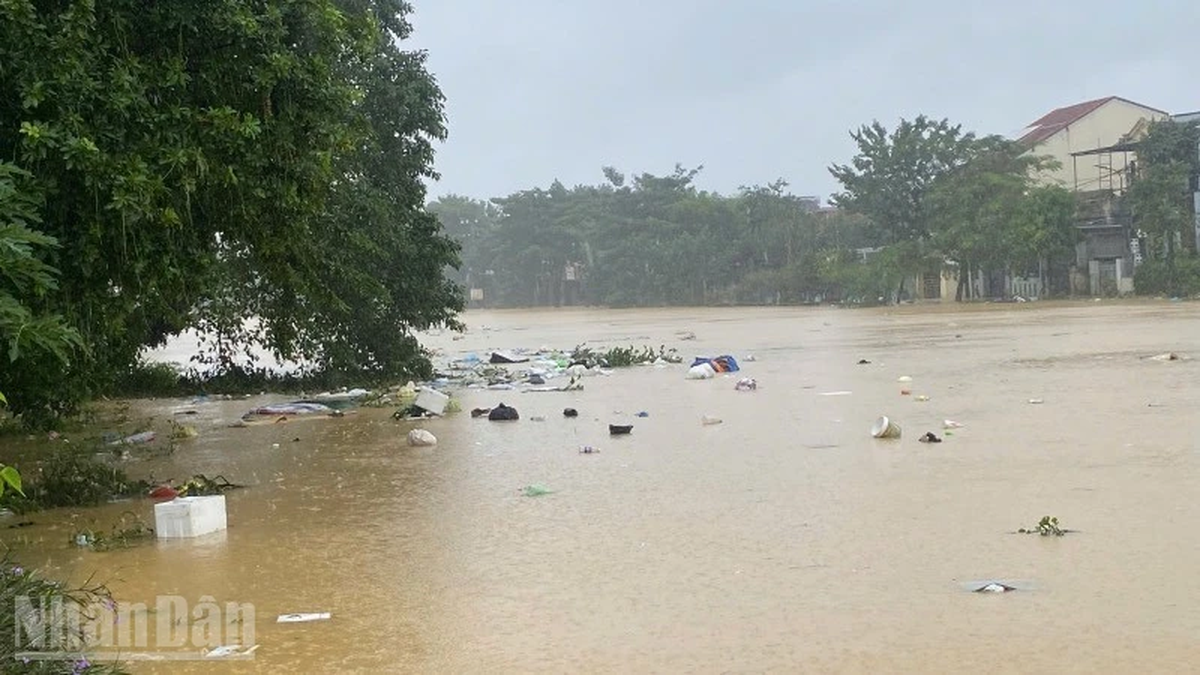
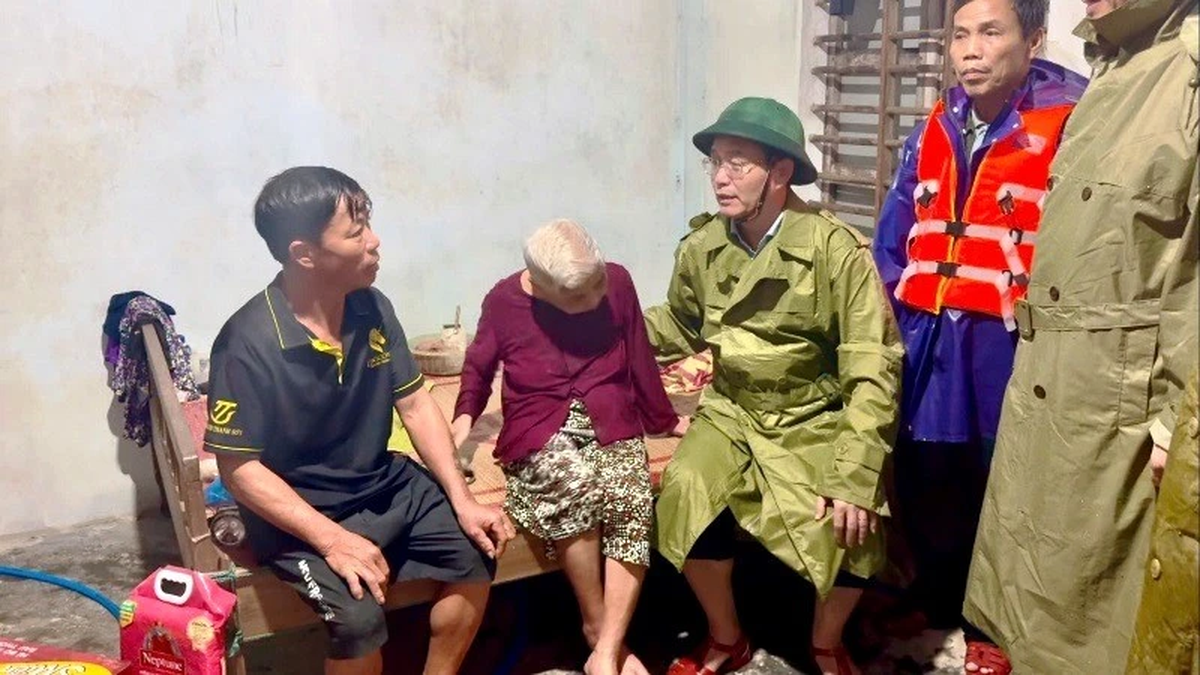
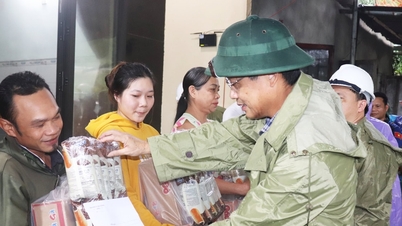
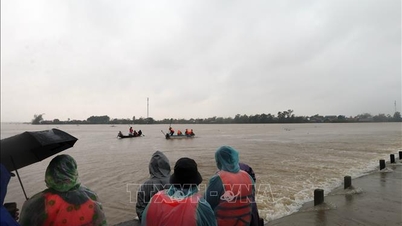

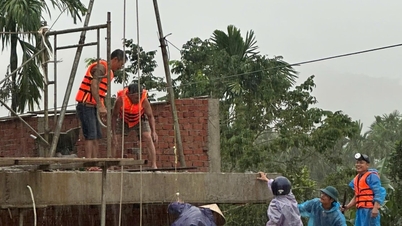
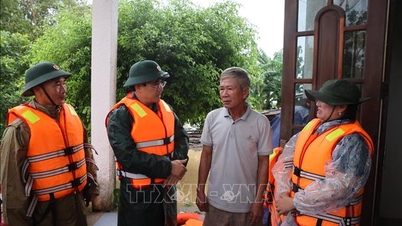
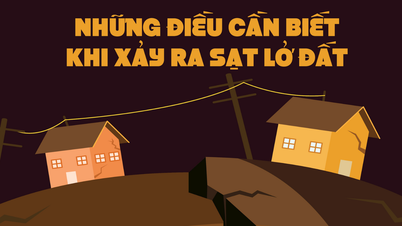
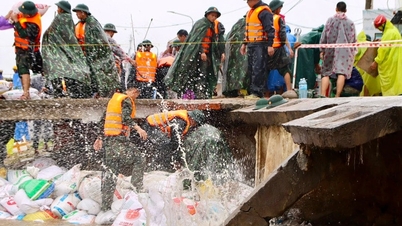

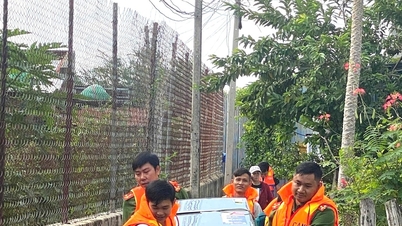

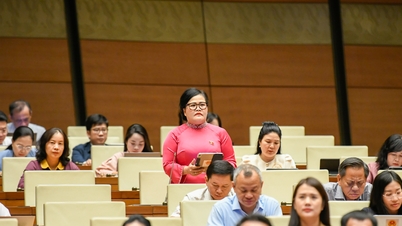

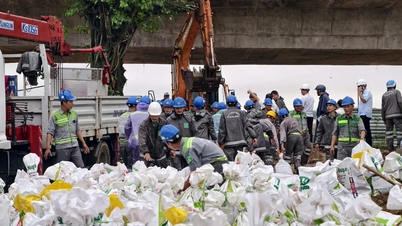









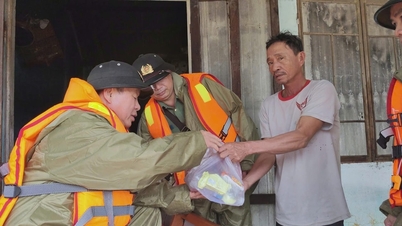
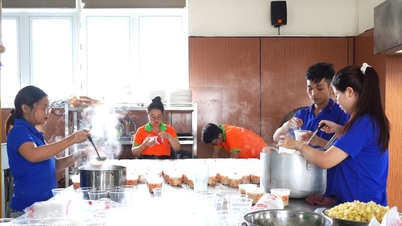
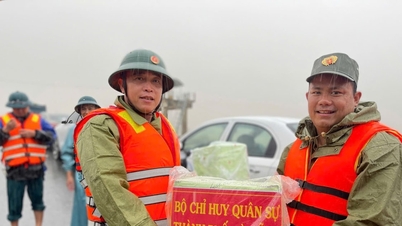
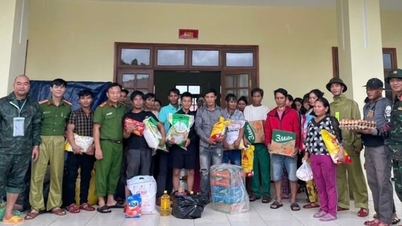
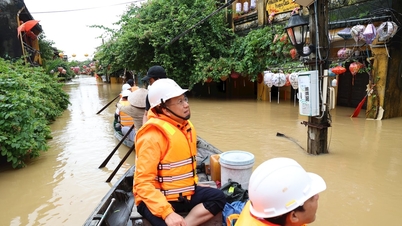
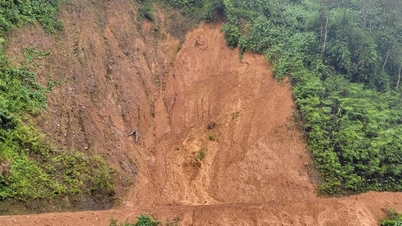





































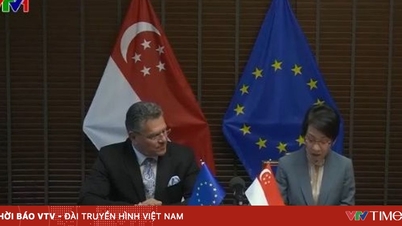







![[Live] Concert Ha Long 2025: "Heritage Spirit - Brightening the Future"](https://vphoto.vietnam.vn/thumb/402x226/vietnam/resource/IMAGE/2025/10/29/1761743605124_g-anh-sang-am-thanh-hoanh-trang-cua-chuong-trinh-mang-den-trai-nghiem-dang-nho-cho-du-khach-22450328-17617424836781829598445-93-0-733-1024-crop-1761742492749383512980.jpeg)

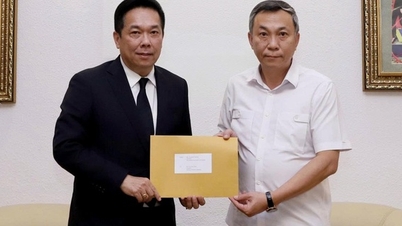

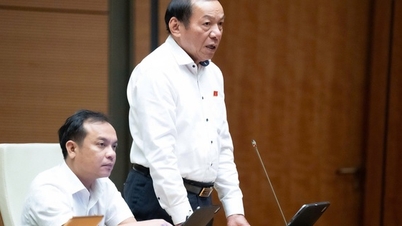
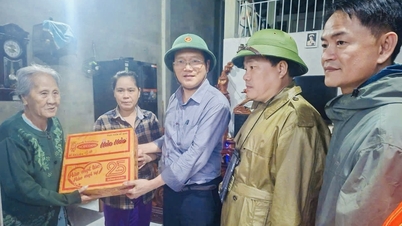

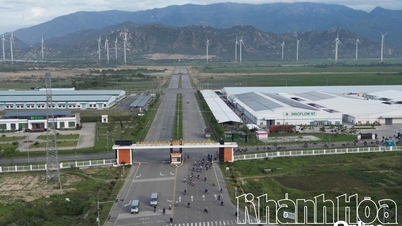


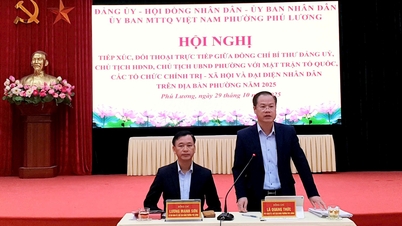












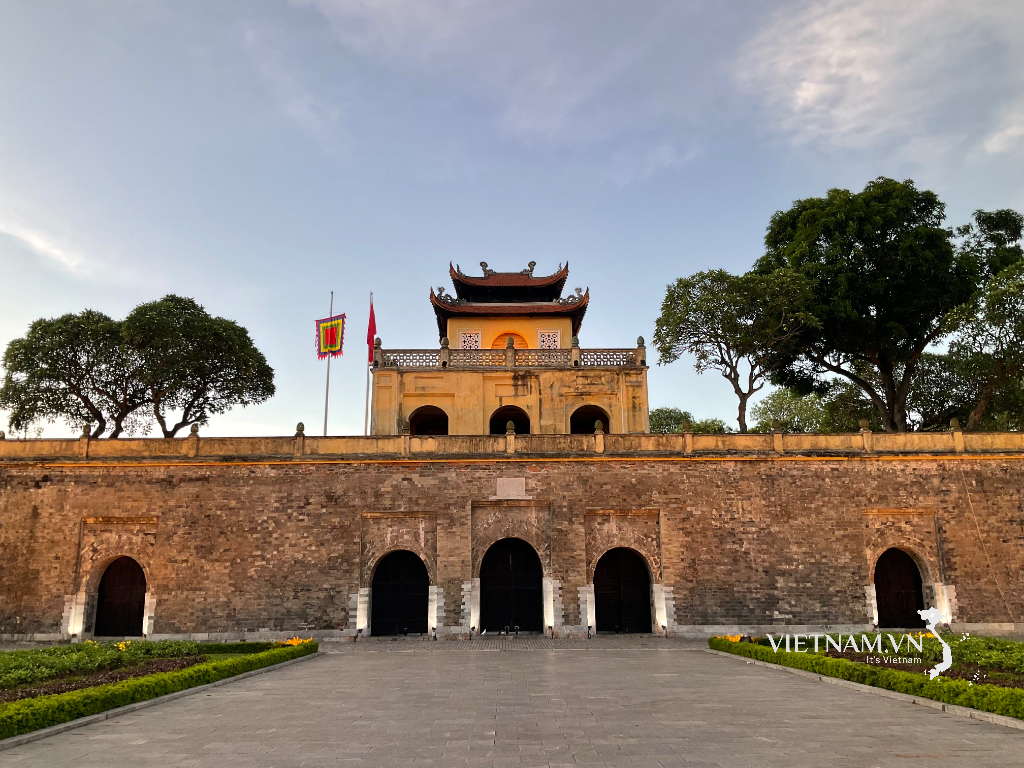



Comment (0)